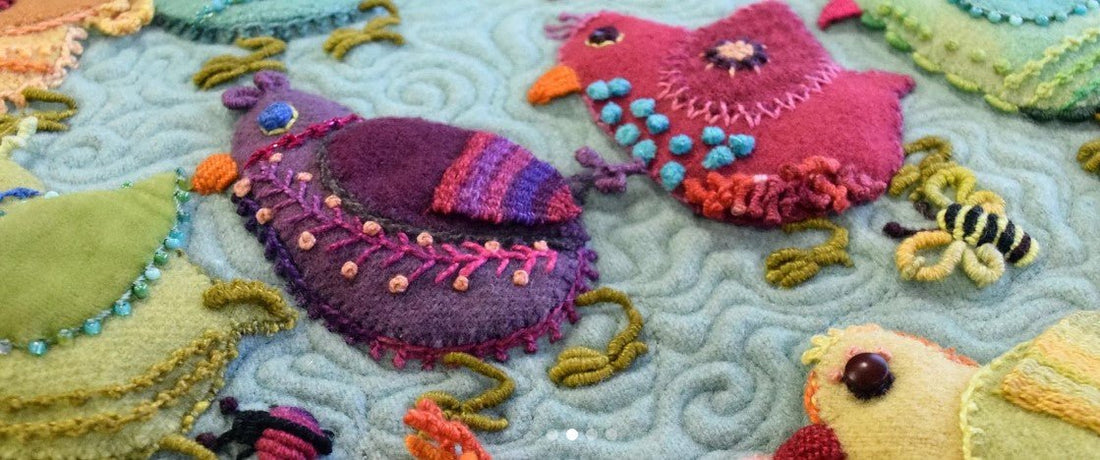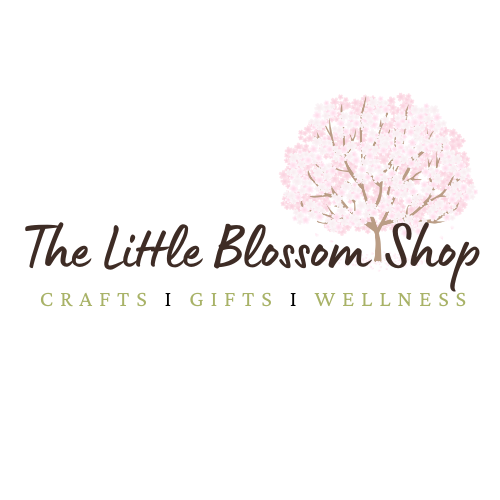
Discover the Charm of Folk Art Needlecraft
Share
What Is Folk Art Needlecraft?
Through the use of needle and thread, folk art needlecraft is a rich and lively heritage that combines art and culture. It displays a profound respect for tradition and workmanship while celebrating the values, beliefs, and daily lives of communities all over the world. Folk art needlecraft provides a distinctive window into the inventiveness and tenacity of many cultures, from intricate patterns handed down through the years to hand-stitched motifs inspired by nature. It is an art form based on self-expression, tradition, and authenticity, whether it is achieved through intricate designs or basic stitches.

A Brief History of Folk Art in Needlecraft
Folk art needlework has a long history that crosses continents and centuries, using artistic expression to link us to the past. This craft developed as a storytelling tool, with people using stitches to express cultural symbols, personal stories, or local folklore. It has thrived for generations as a useful ability and a kind of creative protest, protecting local identities. Folk art needlework has changed but is still firmly anchored in cultural tradition, as shown in the elaborate Sachiko of Japan and the colorful embroidered clothing of Eastern Europe.
The Timeless Appeal of Folk Art in Modern Times
Folk art needlework has returned with a bang, enthralling contemporary audiences with its rustic charm and significant history. People now use this art to appreciate the focus and attention to detail that hand-stitching offers, as well as to re-establish a connection with a slower pace of life. Its genuineness—each stitch narrates a tale—makes it a timeless alternative to mass-produced items. More than just a pastime, folk art needlework is a statement, a return to one's roots, and a celebration of the flaws that add beauty to handcrafted art.
Common Symbols and Their Meanings in Folk Art
Symbolic symbolism abounds in folk art needlework, with patterns frequently expressing spirituality, nature, and protection. For example, the heart sign stands for unity and love, while birds can represent peace or freedom. While geometric forms like stars and crosses might signify direction, hope, or faith, flowers—especially roses and tulips—often represent beauty and resiliency. Every stitch and design conveys a message, a generation-spanning silent language.
A look into the history and customs of the civilizations it depicts can be gained via folk art needlework. Stitches were used to document historical events, marital rituals, and family memories during periods when oral history was crucial. This skill is an important cultural archive that preserves the common memories of communities and the essence of various societies.

Popular Types of Folk Art Needlecraft
One of the earliest and most popular types of folk art needlework is embroidery. Artists use elaborate stitching to turn fabric into canvases, adorning them with exquisite scenery, flowers, and animals.
Folk art gains dimension and texture through the technique of applique, which involves stitching cutout fabric onto a larger background. This method makes it possible to create colorful, striking compositions that give wall hangings, clothes, and quilts a whimsical touch. Every piece of cloth becomes a component of a larger whole, telling a multi-layered tale through shape and colour.
Practicality and creative flair are combined in quilting, and each quilt becomes a tapestry of heritage when folk art designs are added. Patchwork emblems, recurring themes, or narrative squares that reflect local values can all be found in folk art quilts. Generation after generation, the quilting technique honors harmony and the beauty of coming together.
.
A fun and expressive part of folk art needlework, patchwork combines creativity and functionality. Patchwork was frequently used to repurpose surplus fabric, transforming it into a unified design that expresses the maker's individuality. Every patch tells a tale, weaving memories into a useful and expressive tapestry.
Essential Tools and Materials for Folk Art Needlecraft
Folk art needlework relies heavily on threads, which might be made of cotton, silk, or wool. Selecting the right thread is essential, as each type offers a different texture and appearance, influencing the overall feel of the piece.

The essential tools for needlework are hoops and needles, which offer structure and control. Hoops maintain the fabric taut, guaranteeing accuracy and consistency in every design, while several types of needles enable a variety of stitches.
The outcome of a piece can be significantly impacted by the fabric selection. Each fabric, from delicate cottons to strong linens, has a unique background that adds to the allure of folk art and makes it possible to create items of heritage quality.
Folk art patterns are widely available and offer a rich source of inspiration. Whether found in books, passed down by family, or designed by the crafter, patterns are the blueprint that guides each needle in crafting a meaningful design.
Getting Started: Folk Art Needlecraft for Beginners
Simple animal patterns or tiny floral motifs are examples of beginner designs that let novices practice basic stitches while producing something lovely. These themes support technique and confidence development.
A solid foundation is provided by mastering fundamental stitches, including the running, back, and satin stitches. The foundation of folk art needlework, these stitches provide a range of textures and effects.
An ideal way to introduce folk art needlecraft is with a beginner piece, like a tiny wall hanging or a handkerchief. Beginners can master skills while producing a tangible work of art with the help of step-by-step tutorials.
By employing sophisticated methods like layering stitches or utilizing various fabrics, folk art needlecraft can gain dimension and texture, turning a flat object into a three-dimensional artwork.
Incorporating accessories like as buttons and beads gives needlework a tactile feel. These embellishments give each piece a whimsical and profound touch, making it genuinely unique.
Artists can make complex designs by utilizing color shading and thread variety. By adding dimension and a painterly aspect, these techniques turn needlework into a legitimate art form.

Conclusion
Folk art needlework is a celebration of creativity, history, and culture rather than just a pastime. Every thread tells a tale that ties the past and present together.
Folk art needlecraft allows us to celebrate individuality, preserve heritage, and connect with like-minded people. One stitch at a time, this age-old craft enhances our lives with beauty and significance.

